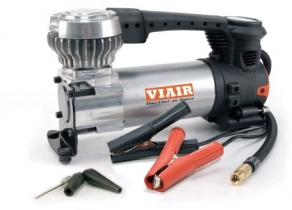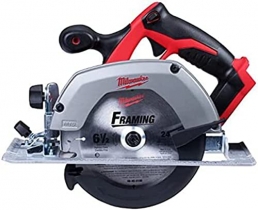-
Welcome to Tacoma World!
You are currently viewing as a guest! To get full-access, you need to register for a FREE account.
As a registered member, you’ll be able to:- Participate in all Tacoma discussion topics
- Communicate privately with other Tacoma owners from around the world
- Post your own photos in our Members Gallery
- Access all special features of the site
What to look for when buying shocks
Discussion in 'Suspension' started by toyo freak, May 31, 2010.


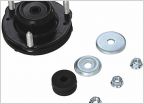 What else do i need?
What else do i need?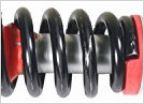 Strut removal
Strut removal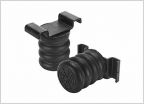 How long does an AAL last?
How long does an AAL last?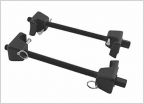 Finished front 5100 install but just noticed something... am I boned?
Finished front 5100 install but just noticed something... am I boned?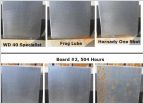 Squeaky suspension
Squeaky suspension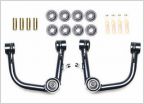 Problems with Camburg uniball UCA's?
Problems with Camburg uniball UCA's?

